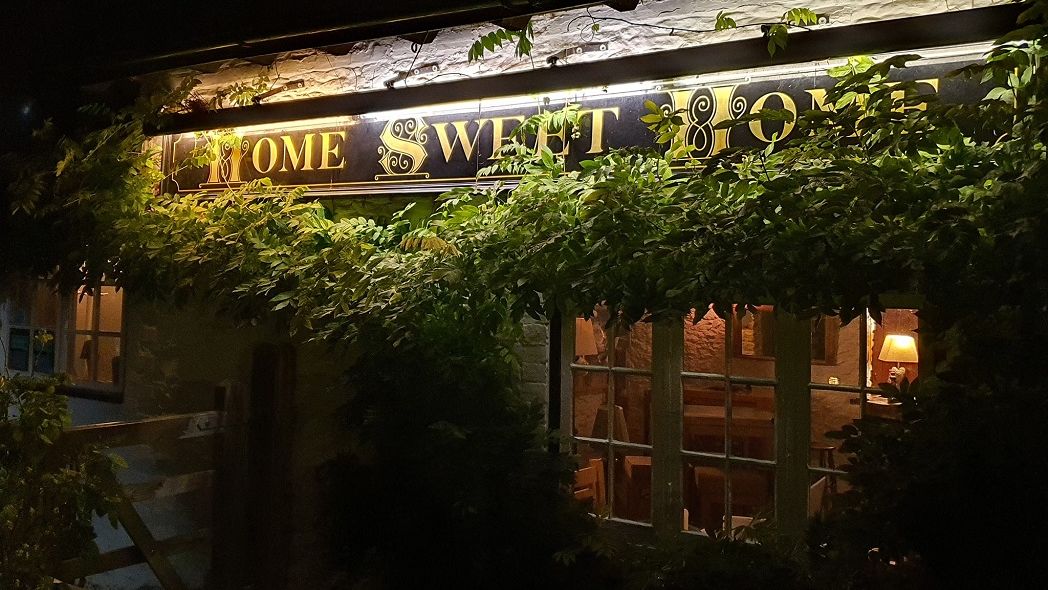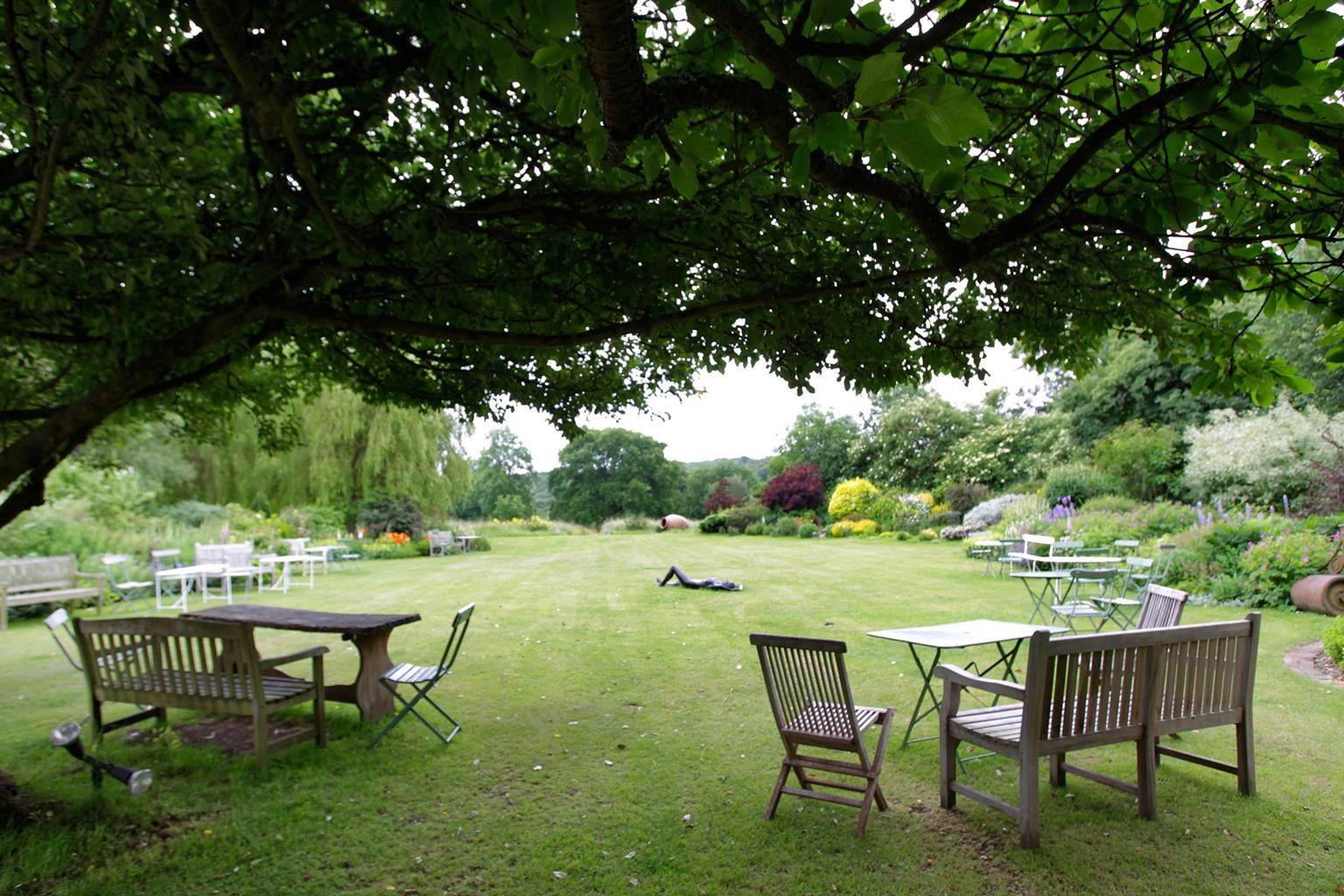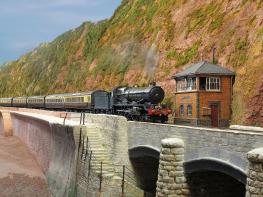Located within easy reach of the M40 in the heart of the beautiful Chilterns, this hotel has a…
Oxfordshire Way: Pyrton to Henley-on-Thames

10.8 miles (17.4kms)
About the walk
The Oxfordshire Way runs across the heart of England, along ancient rights of way, all of which existed long before they were thus joined together, passing through historic settlements and crossing the grain of the country. The old tracks and field paths have been used for centuries. Some are prehistoric, some are Roman, and many were first trodden in Saxon times. They link villages and hamlets mentioned in the Domesday Book of 1086. The inns of these places usually provide food and accommodation, bed-and- breakfast can be found on or close to the route, and there are some campsites. Village shops survive in surprising numbers.
On this, the final stage of the 65-mile route, The Oxfordshire Way ends at the bridge over the River Thames at Henley, and what a noble bridge this is! Rebuilt in 1786, its graceful arches skim across the river, while on the keystones are two masks carved in stone by Anne Seymour Darner, an eccentric sculptor of animal portraits. They show Father Thames looking downstream, his hair and beard matted, while Isis looks upstream, a picture of youth.
Walk directions
The Oxfordshire Way crosses the B4009 and heads along a bridleway under the gaze of the Chiltern Hills. This track is a medieval droveway, which soon crosses ancient Icknield Way, one of the oldest trading routes in Britain, and here used by the Ridgeway Path. Beyond this you mount the steep Chiltern scarp on to Pyrton Hill. Watlington Hill, with its famous viewpoint, is on the right. The track skirts a great beech hanger and, as it gains height, the whole clay vale is spread out below, with Oxford itself hovering in the distance.
At the minor road, turn right into Christmas Common. This place came by its name during the Civil War. Christmas 1643 found Royalist soldiers camping here and the local Roundhead force garrisoned at Watlington. They declared an unofficial truce, in true Christmas spirit, and celebrated the day together on the common.
Christmas Common is on the summit of the Chilterns, about 780ft (238m) above sea level, and the Oxfordshire Way has climbed about 375ft (114m) since crossing Icknield Way. From here it bears left into Queen Wood. Exiting the wood at a tarmac drive, do not go straight across on the footpath but turn right onto the drive for 100m until the entrance to Queen and College Woods, where The Oxfordshire Way veers left. Here, the path goes downhill to enter the Chiltern Forest, not a former royal forest but an ancient woodland, and winds along the valley floor for about a mile (1.6km), through beech woods.
Leaving the bridleroad and turning right up a path, emerge into the open and arrive at Hollandridge Farm. Cross the farm track to the path opposite and head obliquely downhill through College Wood. Then it is out of the wood and along the bottom of the steep-sided valley into Pishill, where you turn right onto the road for just 25m. In this little hamlet, you can get food at the Crown Inn (keeping on the road for a further 100m). The flint and stone church, rebuilt in 1854, has a modern southwest window (1967), by John Piper, representing the sword and the gospel.
From Pishill, the Oxfordshire Way goes through another beech wood to Maidensgrove. Stonor, with its great house and deer park lies down the road on the left. Cross the road and head uphill past Lodge Farm, where the line of sight extends across the Chiltern woodlands. With the farm on your left, turn right then immediately left into woodland (the fingerpost for The Oxfordshire Way is poorly positioned several yards along the path). Then it is downhill again, passing through the edge of the Warburg Nature Reserve, into Bix Bottom.
The Oxfordshire Way sweeps along the valley to cross the B480 at Middle Assensdon and continues uphill along a grassy path heading for a noble line of Scots pines. It crosses the road and enters Henley Park along a lane, continuing into Henley. Scene of the world-famous regatta, Henley looks to the Thames. It developed in the 12th century and later thrived as a port, supplying goods downstream to London. During the coaching era it grew further and when the railway arrived in 1857 Henley’s expansion as a commuter town was assured.
Additional information
Tracks, ancient green lanes, field paths and minor roads
Undulating meadow, ancient beech woodland and villages
Lots of off-lead opportunities in the woods
Car park at village hall in Pyrton
Market House or North Street toilets, Henley-on-Thames
WALKING IN SAFETY
Read our tips to look after yourself and the environment when following this walk.
Find out more
Also in the area
About the area
Discover Oxfordshire
Located at the heart of England, Oxfordshire enjoys a rich heritage and surprisingly varied scenery. Its landscape encompasses open chalk downland and glorious beechwoods, picturesque rivers and attractive villages set in peaceful farmland. The countryside in the northwest of Oxfordshire seems isolated by comparison, more redolent of the north of England, with its broad views, undulating landscape and dry-stone walls. The sleepy backwaters of Abingdon, Wallingford, Wantage, Watlington and Witney reveal how Oxfordshire’s old towns evolved over the centuries, while Oxford’s imposing streets reflect the beauty and elegance of ‘that sweet city with her dreaming spires.’ Fans of the fictional sleuth Inspector Morse will recognise many Oxford landmarks described in the books and used in the television series.
The county demonstrates how the strong influence of humans has shaped this part of England over the centuries. The Romans built villas in the pretty river valleys that thread their way through Oxfordshire, the Saxons constructed royal palaces here, and the Normans left an impressive legacy of castles and churches. The philanthropic wool merchants made their mark too, and many of their fine buildings serve as a long-lasting testimony to what they did for the good of the local community.
Nearby stays
Restaurants and Pubs
Nearby experiences
Recommended things to do
Why choose Rated Trips?
Your trusted guide to rated places across the UK
The best coverage
Discover more than 15,000 professionally rated places to stay, eat and visit from across the UK and Ireland.
Quality assured
Choose a place to stay safe in the knowledge that it has been expertly assessed by trained assessors.
Plan your next trip
Search by location or the type of place you're visiting to find your next ideal holiday experience.
Travel inspiration
Read our articles, city guides and recommended things to do for inspiration. We're here to help you explore the UK.













